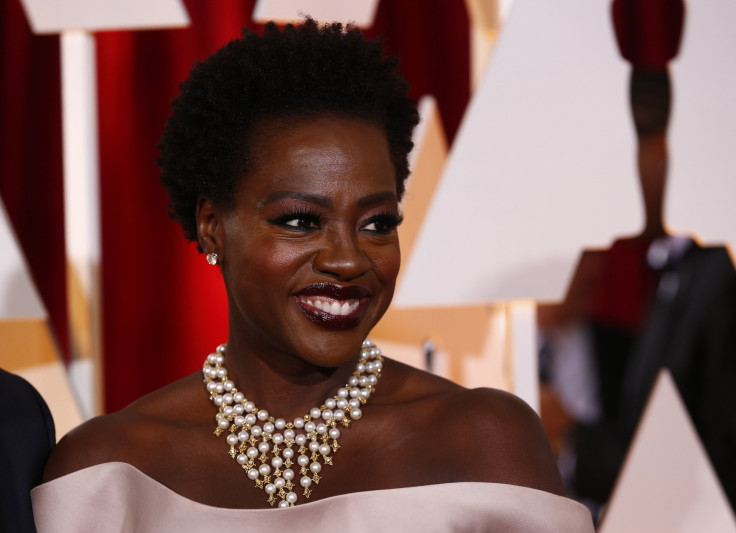Video: Viola Davis And Jane Fonda Talk About Limited Roles For Older Women In Hollywood

In the lead-up to the Emmy nominations, Variety has started releasing "Actors on Actors" videos in which stars of television series discuss working in the industry, their process and other topics. The most recent segment features Viola Davis (ABC's "How to Get Away With Murder") and Jane Fonda (Netflix's "Grace and Frankie") interviewing each other about why they made their moves to television and why they chose the roles they did.
"I'm 77. Television is a lot more forgiving of older women," Fonda said about joining the Marta Kauffman-created Netflix comedy, which also stars Lily Tomlin. "I have, for a number of years, wanted to give a cultural face to older women. I wanted to have as much impact on the culture about what it really means to be an older woman. We're the fastest-growing demographic in the world and yet we're left out."
Fonda, a co-founder of the Women's Media Center, is correct about how few older women there are in media. A study featured in the WMC's recent "Status of Women in U.S. Media" report from San Diego State University's Center for the Study of Women in Television and Film found that as female characters aged, they were less likely to be included in shows. The report states that of all characters, both female and male, only 3 percent of females were older than 60. In general, 59 percent of female characters tended to be in their 20s and 30s, while 58 percent of male characters were in theirs 30s and 40s.
Similarly, Davis, 49, also said she was drawn to the role of "Murder's" Annalise Keating, a performance for which she won a Screen Actors Guild Award, because someone who looks like her and of her age was rarely offered a role described as sexual, messy, mysterious and smart.
"I felt like this was an opportunity to kind of put a human face on women who look like me," the Academy Award-nominated actress said. Quoting Arthur Miller, Davis said she wanted people to feel less alone.
There is indeed a dearth of minority female characters on television as well. The same San Diego State University study found that 74 percent of female characters were white and 14 percent were black. Overall, nonwhite actors, regardless of gender, outnumbered minority actors 6 to 1, a study from the University of California at Los Angeles' Ralph J. Bunche Center for African American Studies found.
Changing the on-screen status quo will require a change in those who make decisions: studio heads, producers and writers. Studies featured in the WMC's report found that white males are still the ones in charge. Moreover, the ratio of female characters to male characters differed depending on the presence of women behind the scenes.
Watch the entire interview below:
© Copyright IBTimes 2024. All rights reserved.






















